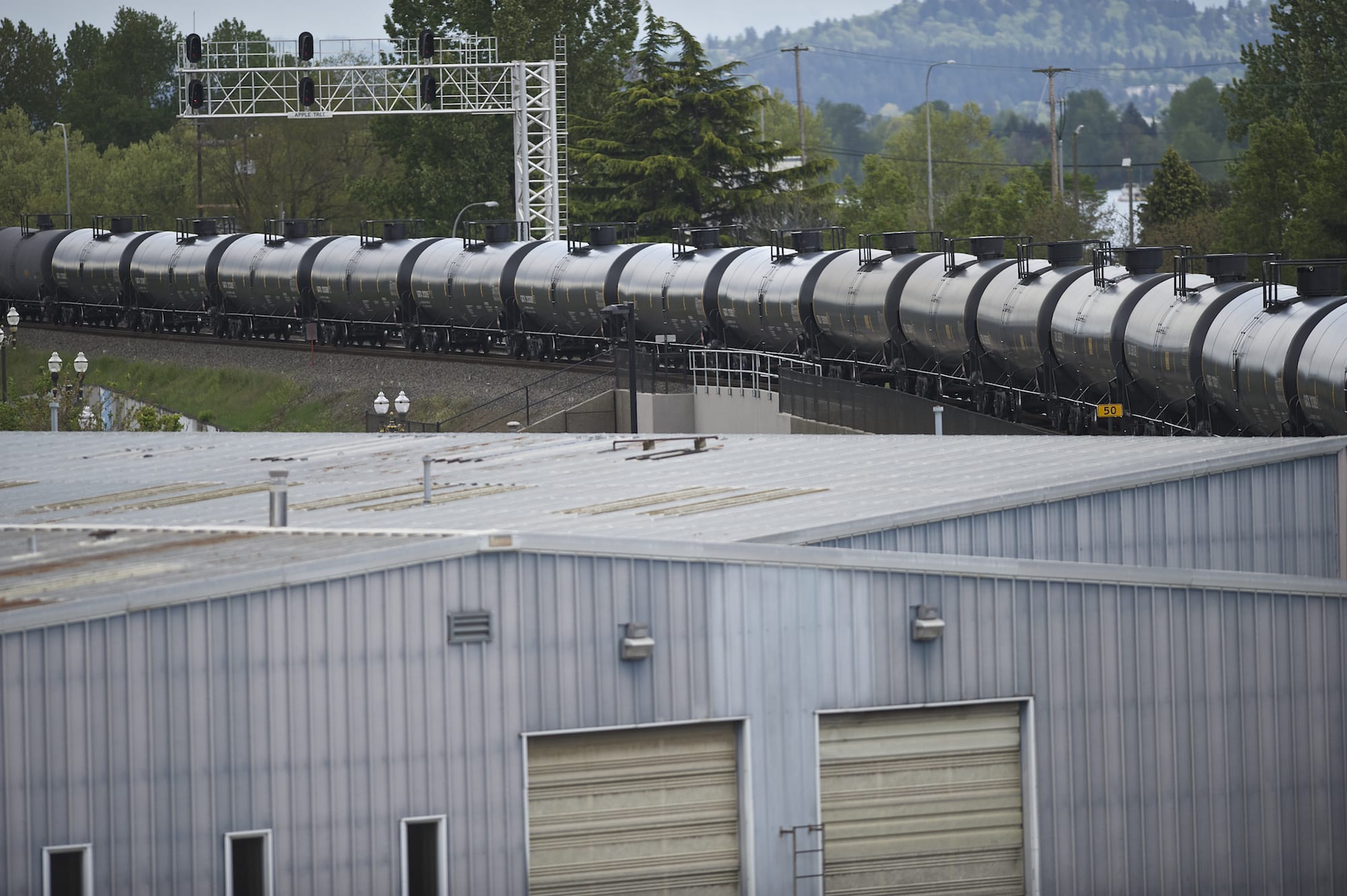For the oil transport industry, disasters keep getting in the way of their reassuring messages about the safety of shipping crude by rail.
Last month’s fiery derailment in Lynchburg, Va., of a train carrying crude from North Dakota’s Bakken region, which spilled oil into the James River and prompted evacuations from the city’s downtown, marked the latest oil-train calamity to grab headlines. That incident, which added to at least seven others in the U.S. and Canada in the past year, again ratcheted up the pressure on the industry and regulators to improve the safety of oil shipments that increasingly are leaving communities along rail lines on edge.
In Washington and Oregon, the safety issue looms large as 11 refineries and port terminals are planning, building or already operating infrastructure to support oil-by-rail cargoes amid a boom in domestic crude production. And it reverberates in Vancouver, the would-be site of the Northwest’s largest oil-by-rail transfer terminal and a pass-through to other oil-train hubs in the Northwest.
At the forefront of a forest of concerns is the safety of tank cars carrying volatile crude oil through cities large and small. Oil and transportation industries, their critics and government regulators all agree that safety improvements need to be ramped up. But they part ways on the scope and timing of certain efforts, and on the effectiveness of particular safety measures.




